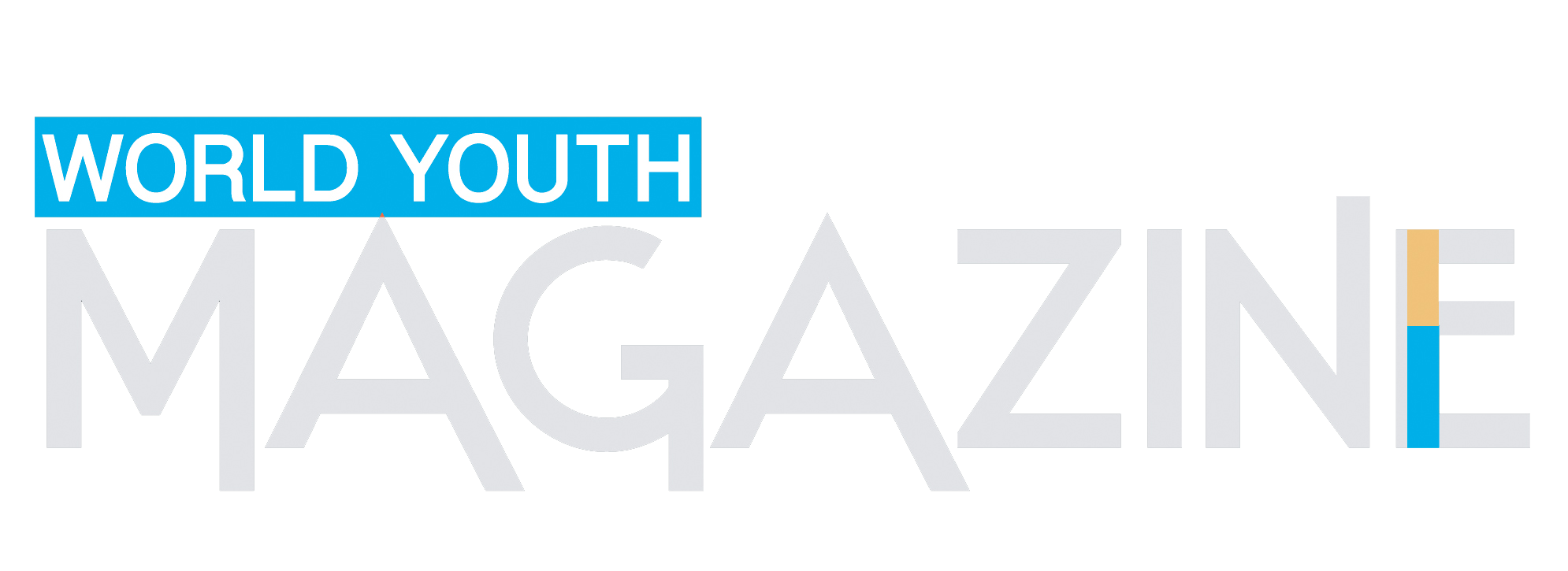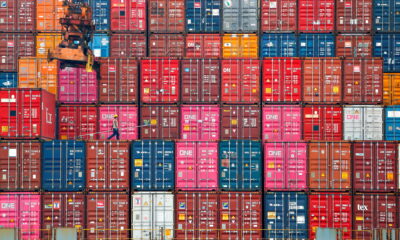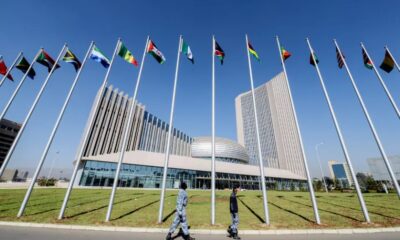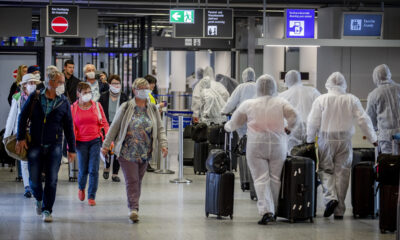Dive In
How Global Poverty Dimensions Changed after the Pandemic

By Esraa Ali
According to the International Labor Organization (ILO), around 225 million persons lost their jobs during the pandemic and global unemployment rates jumped from 1.1% to 6.5% (around 33-81 million persons) in 2020, as a consequence of either lockdowns or contraction in the economic activities of millions of organizations and firms. This further has contributed to a sharp reduction in global income rates by 8.3%, equivalent to around 3.7 trillion USD, thereby increasing poverty rates and exacerbating inequality.
Social Protection
The ILO published a report last September which concluded that more than 4 billion persons lack access to social protection interventions since the pandemic has worsened the social protection gap between low- and high-income countries. Consequently, certain countries failed to provide social protection for their people through either ensuring access to healthcare and income security or designing social protection programs tailor-made for the most vulnerable groups, such as the elderly, unemployed, patients, disabled persons, breadwinners, orphans, homeless children, and so on.
The World Social Protection report (2020-2022) concluded that the world social protection is on a crossroad, given that around 53% of the world population (4.1 billion persons) have no access to national social protection programs, albeit 47% of the world population are benefiting from social protection programs. There is also a gap at the regional level in terms of access to social protection since the majority of people in Europe and Central Asia are benefiting from the highest rates of coverage, where a total of 84% of the population enjoy at least one advantage of the advantages associated with social protection schemes, followed by the Americas that are above the global average by 64.3%.
By the same token, the majority of children lack effective social protection since one child in every four children (i.e., 26.4%) around the world receives social benefit/allowance. Middle-income countries allocate around 12.8% of their GDPs for social protection, whereas high-income countries spend more by around 16.5%. All in all, the financing gap has increased globally by around 30% since the onset of the pandemic.
Overcoming the Hurdle
Low-income countries will need to allocate extra 77.9 billion USD annually for social protection programs. This further illustrates an increase in social protection funds ranging from 3% to 15% of the GDP, based on the income level.
Based on the recommendations of the World Development Report 2021 that stressed on the adoption of a freedom-based approach, it is a must to consolidate global efforts in order to develop a social protection scheme for the countries hit hardest by COVID.












